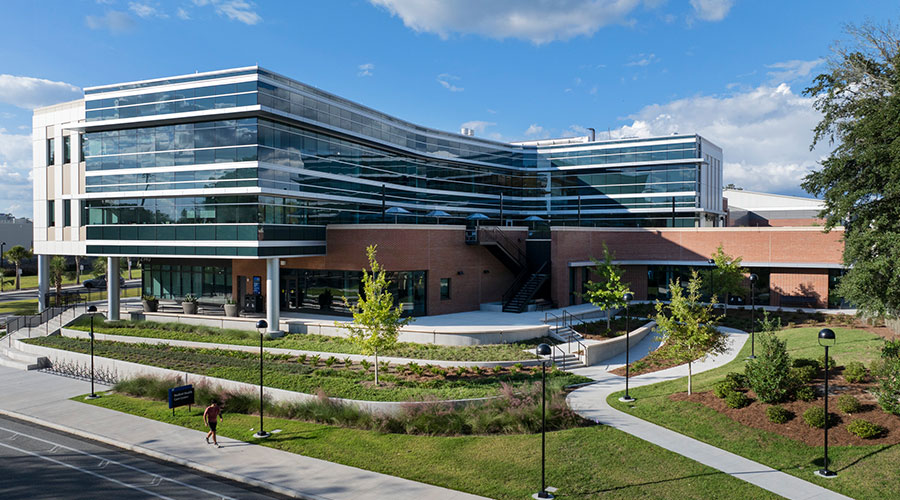Cities and States Leading on Sustainability
From outcome-based energy codes to net-zero energy buildings, states and cities are taking the lead on sustainability in the absence of federal mandates.
Without federal mandates, cities and states are taking the initiative to address clean energy and sustainability through progressive building codes. New York City, for example, requires benchmarking, retrocommissioning, and building performance improvement for properties that fail to meet specific levels of efficiency.
Beyond that, cities and states are working toward net-zero and outcome-based energy codes that address long-term performance. Here are some examples:
• California: The Public Utilities Commission created the “Zero Net Energy Commercial Action Plan” as part of the Long Term Energy Efficiency Strategic Plan.
• Massachusetts: The Executive Office of Energy and the Environment created a plan for transforming buildings to Net Zero Energy.
• Oregon: The Energy Trust of Oregon created a “Path to Net Zero” pilot program.
• Seattle: Seattle has created a goal of carbon neutrality by 2030.
These project examples demonstrate how a holistic design approach can enable the government to build higher-performing facilities for a lower cost than initially expected. But even if sustainable design does not lead to first-cost savings or neutral building costs compared to more conventional designs, there are reasons to consider these strategies.
Research, for example, has found that if energy modeling doesn’t pay for itself during design and construction, it almost always will within the first few months of a building’s operations. And as the Department of Energy has reported, that’s true regardless of building type — be it a government office building, hotel, hospital or research lab.
Sustainable design is more achievable than ever and no longer has to be more expensive to deliver. The key is getting all parties to invest the time and resources early on — and throughout the process — to fully explore the options and understand how they can work together to optimize the performance of a new or renovated building.
Anica Landreneau (anica.landreneau@hok.com), Assoc. AIA, LEED AP, WELL AP, BREEAM Assessor, is director of sustainable design for HOK, which provided architecture and other services for projects in this article. HOK has delivered many deep green projects for GSA and other government agencies that came in below or at similar cost to what those buildings would have cost without sustainable design elements.
Related Topics:















